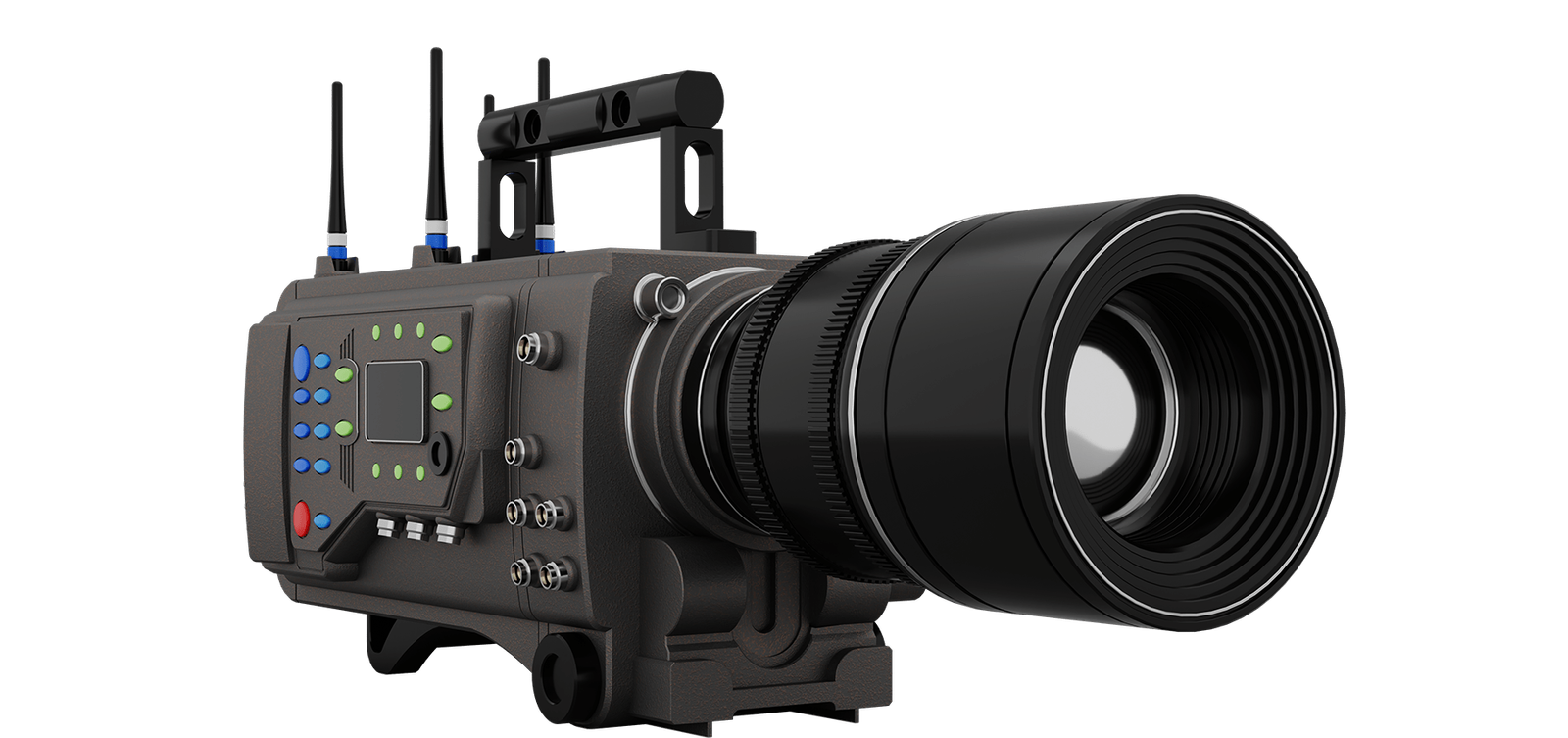In professional video production, the significance of lighting cannot be overstated. While the visual and auditory elements of video content are essential, lighting serves as the backbone that brings everything into harmony. Whether you’re crafting a cinematic masterpiece, a marketing video, or a corporate message, understanding the role of lighting is crucial for creating impactful content. Here, we explore the multifaceted influence of lighting and its vital contribution to professional video production.
1. Creating Mood and Atmosphere
Lighting is an essential tool for setting the tone and mood of a scene. Different lighting setups can evoke various emotions in the audience. For example:
- Soft, warm lighting can foster a feeling of comfort and nostalgia.
- Harsh, cool lighting often creates tension or highlights dramatic moments.
- Natural lighting adds a touch of realism and makes content feel relatable.
By controlling these elements, directors and cinematographers shape the audience’s perception, guiding them through the story in a more immersive way.
2. Enhancing Visual Clarity and Focus
Good lighting ensures that subjects and key elements within a frame are highlighted appropriately. Without proper lighting, even the highest-quality camera equipment can produce images that appear dull or grainy. The following aspects of lighting contribute to visual clarity:
- Key Lighting: The main light source that illuminates the subject, forming the base of most lighting setups.
- Fill Lighting: Reduces shadows and balances the overall illumination.
- Back Lighting: Separates the subject from the background, creating depth.
A well-lit scene not only directs the audience’s attention to the main focus but also ensures that details are crisp and engaging.
3. Controlling Shadows for Depth and Dimension
Shadows can make or break a visual narrative. Effective use of shadows can add dimension, making scenes look three-dimensional and dynamic. For instance, high-contrast lighting setups, such as those found in film noir, use shadows to enhance mystery and drama. On the other hand, diffused lighting creates minimal shadows and a soft, even spread, ideal for interviews or casual scenes.
4. Using Color Temperature for Effect
Color temperature, measured in Kelvin (K), is another key consideration in video production. Warm lighting (typically 2000K-3500K) creates an inviting atmosphere, while cooler temperatures (4000K-6500K) give a crisp, daylight-like effect. Mixing different color temperatures strategically can evoke contrast and highlight certain aspects of a scene, such as:
- Balanced White Light: Perfect for realistic and clear depictions.
- Warm Tones: Ideal for creating a sense of coziness or nostalgia.
- Cool Tones: Best used in scenes that require a sterile or corporate feel.
Filmmakers meticulously adjust these temperatures to maintain consistency across shots and convey specific emotions.
5. The Role of Natural vs. Artificial Lighting
Both natural and artificial lighting play distinct roles in video production. Natural light, often praised for its authentic look, can be challenging to control due to its dependence on weather and time of day. This is where artificial lighting steps in, offering the ability to shape and control light precisely:
- Natural Light: Commonly used for outdoor scenes or when aiming for a raw, unfiltered appearance.
- Artificial Light: Provides consistency and adaptability, enabling filmmakers to shoot at any time of the day and achieve a consistent look.
Combining these two lighting types can also produce creative results, blending authenticity with the precision of controlled lighting.
6. Importance of Lighting Equipment
Professional lighting equipment varies from simple LED panels to complex rigging systems with softboxes, reflectors, and gimbals. Each type of equipment has a specific role:
- Softboxes and Diffusers: Distribute light evenly and minimize harsh shadows.
- Spotlights: Direct focused beams to highlight specific areas or subjects.
- Reflectors: Bounce light back onto the subject to fill in shadows naturally.
Understanding which type of lighting gear to use based on the context helps elevate production quality and reduces post-production editing time.
7. Lighting in Different Genres and Formats
Lighting needs can differ significantly based on the type of video being produced. For instance:
- Dramas and Films: Typically use complex setups that blend natural light with various artificial sources to create mood and tension.
- Documentaries: Often rely on softer, more natural lighting to maintain a feeling of realism.
- Corporate Videos: Use bright, even lighting to convey professionalism and clarity.
- Music Videos: Experiment with bold, colorful lights and dramatic shadows to create visually striking scenes.
8. The Importance of Light Direction and Placement
Where the light is placed relative to the subject matters significantly. Common lighting positions include:
- Front Lighting: Reduces shadows but can make a subject appear flat.
- Side Lighting: Adds depth and highlights the texture.
- Top Lighting: Often used for dramatic effect, casting strong shadows below the features.
- Under Lighting: Creates an eerie effect, often seen in horror scenes.
Each position serves a purpose in storytelling, shaping the way the audience perceives the subject on screen.
9. Best Practices for Professional Lighting
For those looking to enhance their video production with lighting, some practical tips include:
- Test Before You Shoot: Adjust and check how different setups affect your scene.
- Consider Power Sources: Ensure you have sufficient power, especially when working on location.
- Be Mindful of Light Spill: Use barn doors or flags to control stray light.
- Adjust White Balance: Match your camera’s white balance settings to your light source for accurate color reproduction.
Conclusion
Lighting is more than a technical requirement; it is an art that can transform the storytelling landscape. Mastery of lighting techniques ensures that every frame aligns with the intended vision, creating memorable, high-quality video content. Whether for a Hollywood blockbuster or a YouTube tutorial, good lighting sets the foundation for visual storytelling that captivates and engages.
